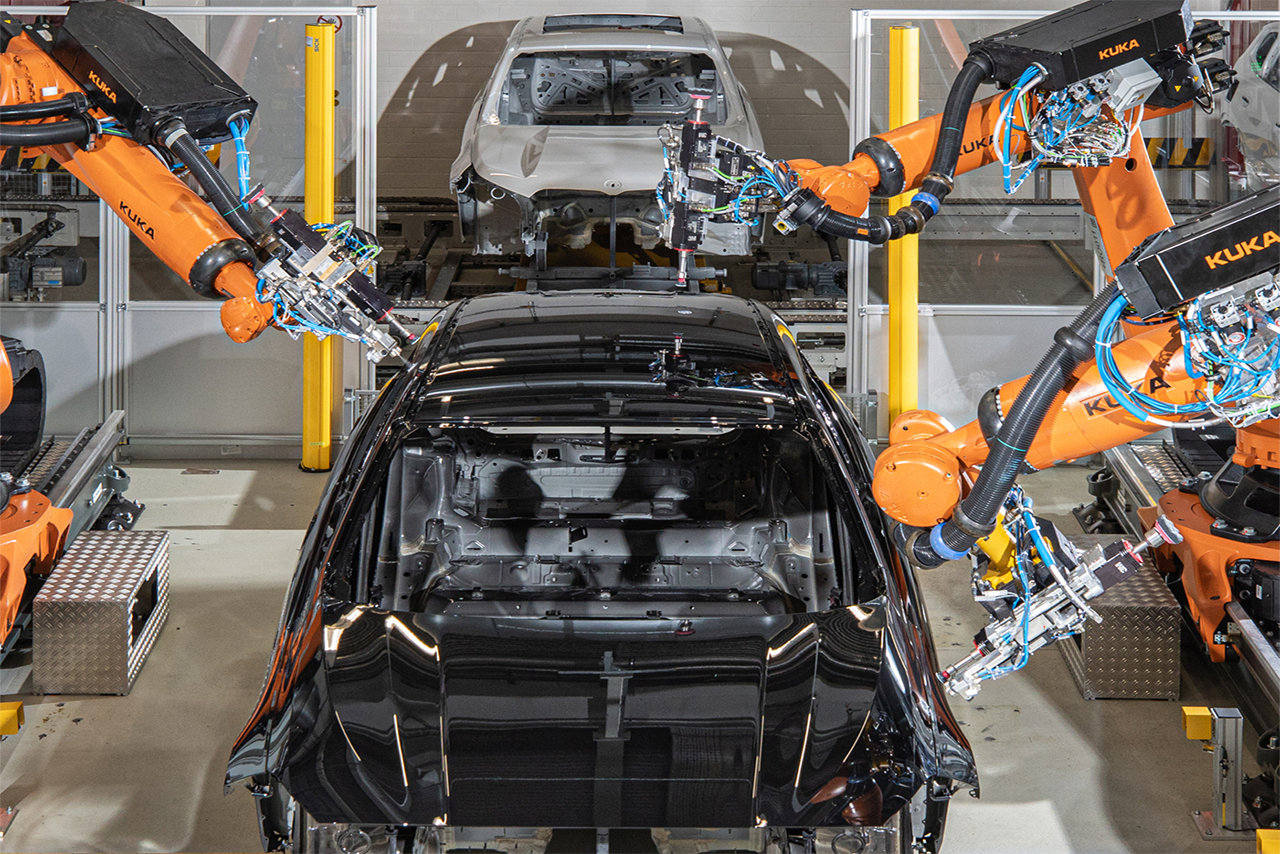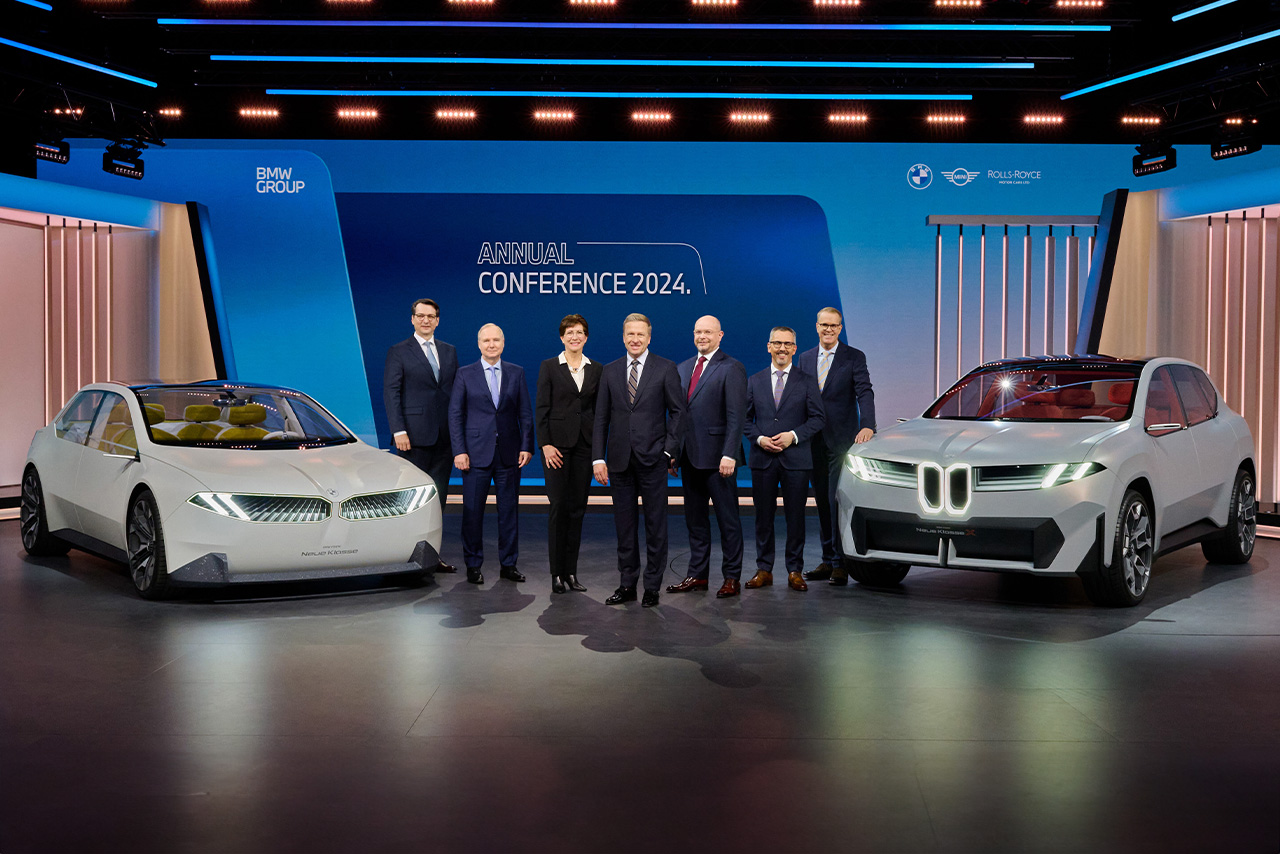The BMW Group has reaffirmed its innovation leadership in the field of automated driving by becoming the first carmaker in the world to obtain approval for combining Level 2 and 3 automation in a single car. The BMW 7 Series marks yet another milestone in automated driving. So, what does that actually mean? This article explains.
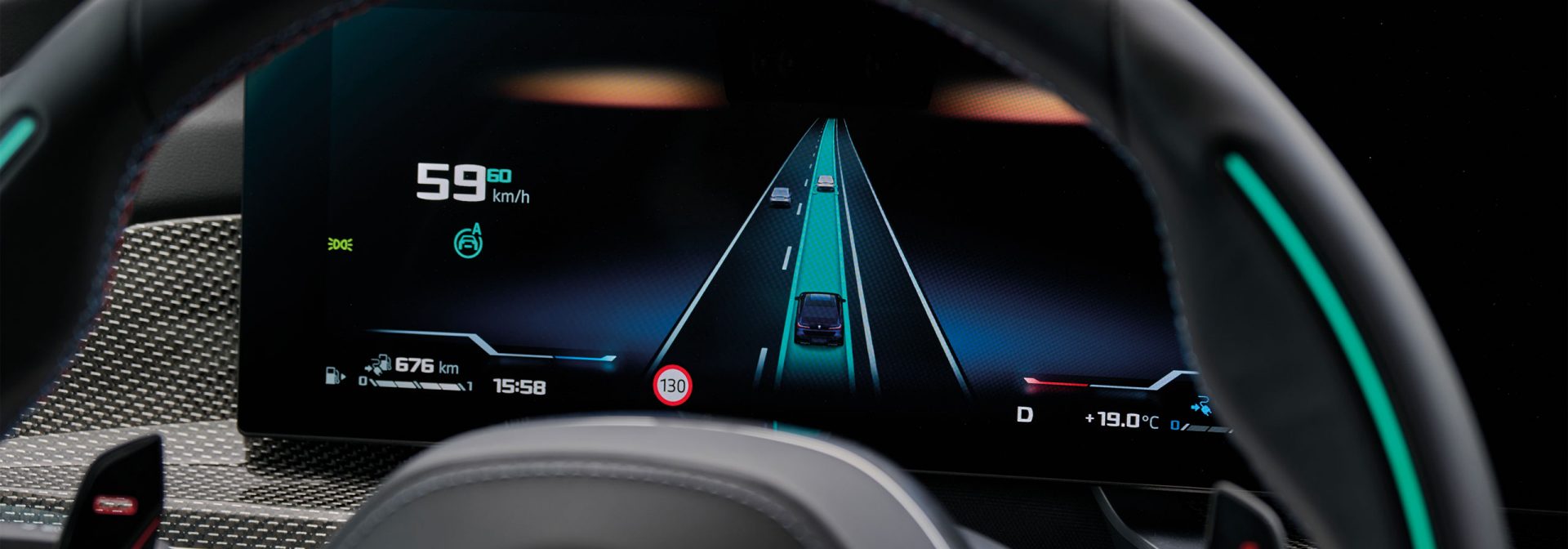
BMW Group sets new standards in Automated Driving.
The five steps towards autonomous driving.
Level 1: Assisted driving.
With Level 1, the driver is in charge of the car and has to keep a close eye on the traffic at all times. This means that responsibility for driving offences and any damage that may be caused lies solely with them. At this level, individual assistance systems such as the Stop&Go function and Lane-Keeping Assistant may support the driver – but at no point do they take over the steering of the vehicle.
Level 2: Partially automated driving.
As with Level 1, the driver remains in charge of the vehicle. They must concentrate on the traffic and are responsible for any driving offences and damage that may be caused. However, there are some tasks that the vehicle can temporarily carry out by itself, without the driver needing to intervene: it accelerates and brakes automatically, for example, and – unlike with Level 1 – it carries out partially automated steering.
Level 3: Highly automated driving.
Unlike with Levels 1 and 2, in certain situations Level 3 allows the driver to divert their attention away from the road and traffic for a time. In these situations they get to enjoy greater freedom as the vehicle takes care of the driving completely. On longer trips and in certain contexts (on motorways, for example), a vehicle with highly automated systems can drive all by itself. This type of driving has been undergoing trials in research vehicles on the roads for a number of years. At BMW it is now becoming a reality too.
Level 4: Fully automated driving.
Level 4 is one stage before autonomous driving and sees the car navigate much of the journey by itself. The driver becomes a passenger and can devote their attention to other things. They are no longer responsible for accidents or traffic offences. A Level 4 car can even handle highly complex urban traffic situations by itself, and unexpected roadworks or similar no longer present a problem. However, the driver must still be fully capable of driving and directing their attention back to the task if needed.
Level 5: Autonomous driving.
With autonomous driving, the car carries out the full range of driving functions itself. The driver does not need to do any driving at all. What’s more, because the vehicle has all the technologies it needs to handle every traffic situation, it can even travel without occupants. Pedals and a steering wheel are no longer necessary, but the option remains to deactivate the autonomous driving function and control the car manually. At the moment autonomous driving technology is being trialled in certain inner-city areas to enable further optimisations, but it will be a while yet until fully automated vehicles can take to the road.
Innovation leader BMW combines levels 2 and 3 automation
in the new BMW 7 series. A first!
A combination of Level 2 and 3 automation as described above is about to take to the road in the new BMW 7 Series starting from August 2024. The application of these systems in a single vehicle is unique worldwide and brings together the Level 2 BMW Highway Assistant and the Level 3 BMW Personal Pilot L3. In combination, these systems offer drivers high levels of safety, as well as technology-supported comfort and an innovative driving experience. So, what exactly does that consist of in the BMW 7 Series?
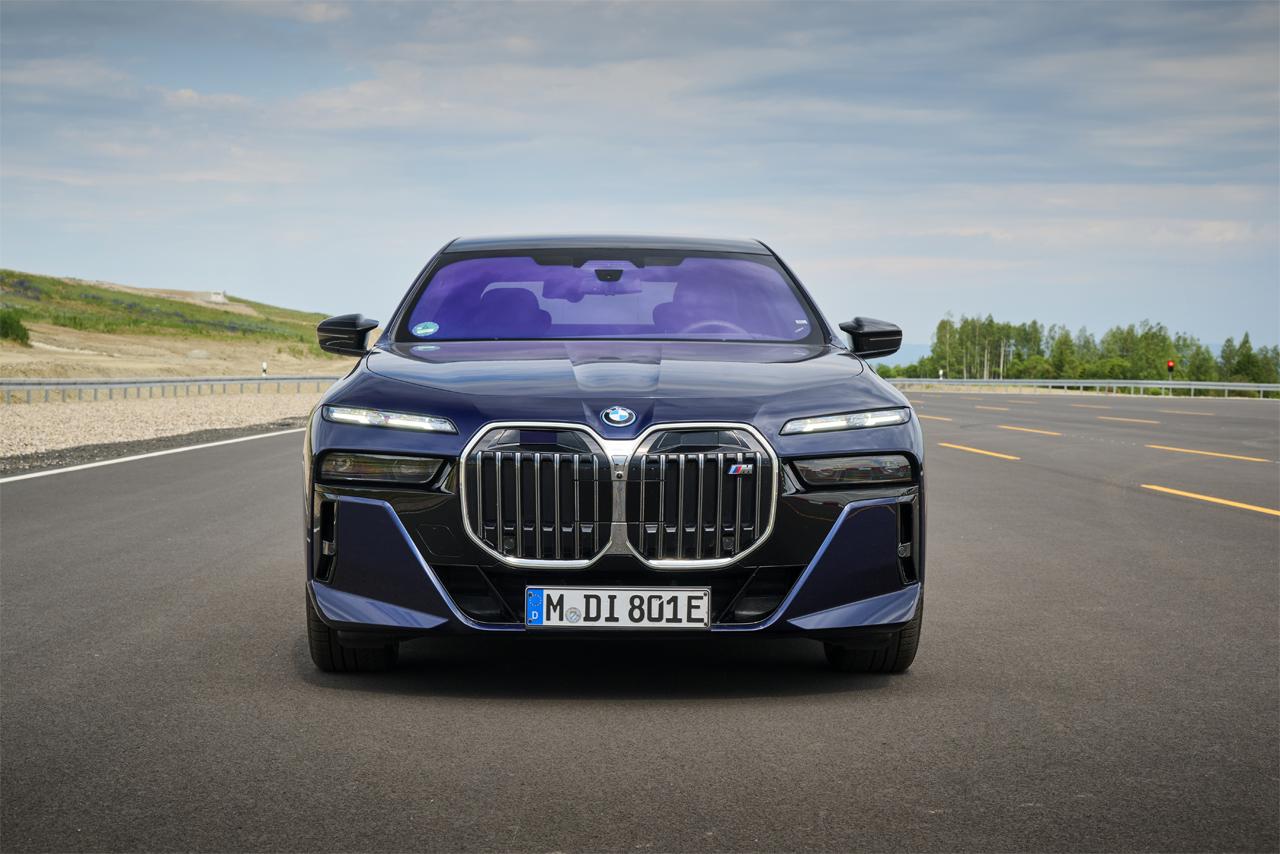
BMW Highway Assistant for enhanced comfort on longer trips.
The BMW Highway Assistant offers markedly improved driving comfort at speeds of up to 130 km/h, especially over longer distances. It can be used on motorways with fixed barriers between carriageways and is an additional function of the Steering and Lane-Keeping Assistants. This means drivers can take their hands off the wheel for prolonged periods – provided they keep a close eye on the traffic and intervene again if needed. The BMW Highway Assistant also takes care of overtaking: it performs all the necessary steering and speed adjustments by itself, traffic permitting.
More time to do other things in traffic jams – with the BMW Personal Pilot L3.
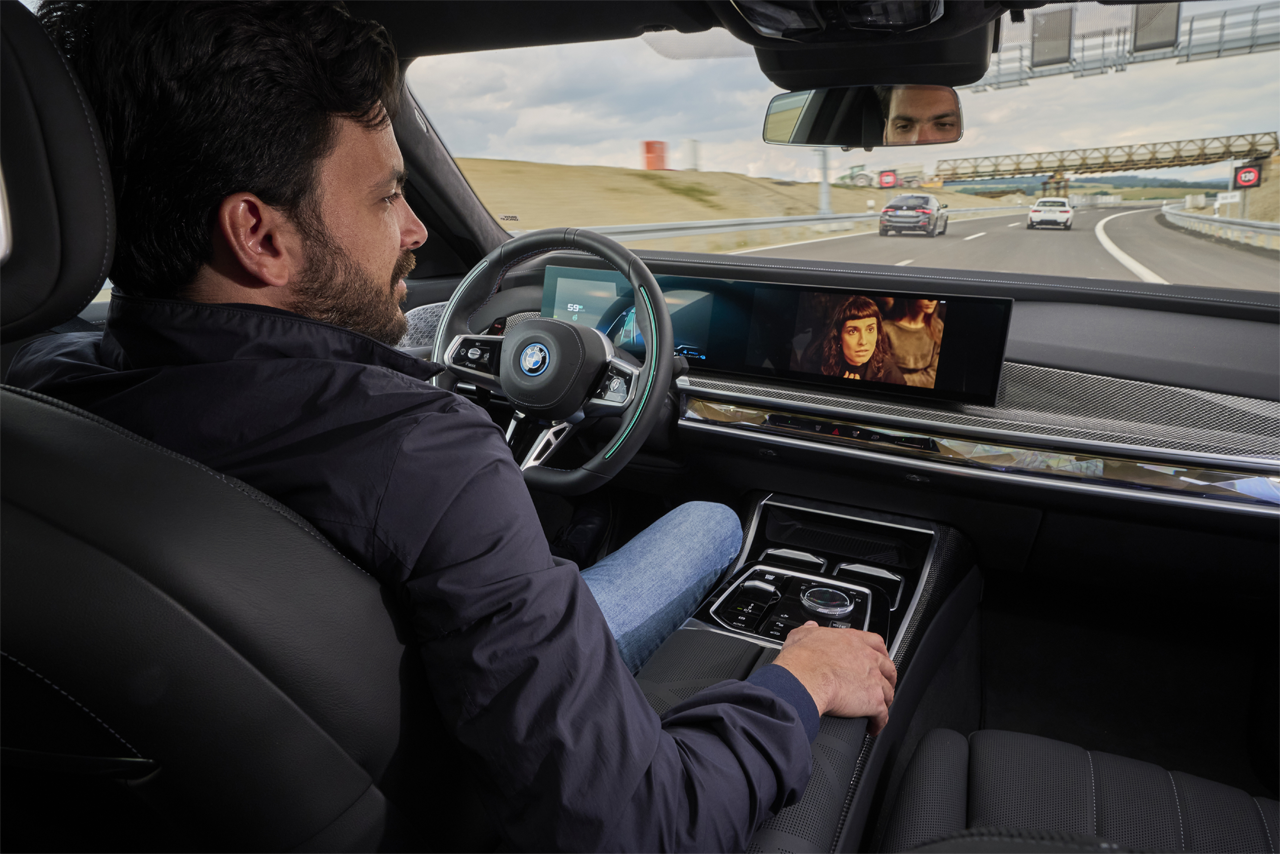
Highly automated driving – Level 3 in the hierarchy of autonomous driving – means drivers can take their hands off the wheel and turn their attention to other things at speeds of up to 60 km/h. In traffic jams 7 Series drivers can sit back and relax completely, and make phone calls, do some reading or messaging, or enjoy the in-car entertainment. When their BMW tells them to intervene, however, they must be ready to take over the controls.
The future of automated driving.
Since the beginnings of automated driving in 2004, research has come along in strides. Overall, the future of automated driving promises a revolution in personal mobility and transport – with the BMW Group at the forefront of innovation in the automotive industry. Vehicles will incorporate advanced AI technologies and sensor systems that allow them to navigate safely and efficiently, without human intervention.
In the future, this will not only reduce the number of road accidents but also enable more efficient traffic flows and save energy for greater sustainability. In addition, automated vehicles will open up new perspectives in terms of personal mobility. And they could reshape the urban space by reducing the amount of traffic and parking spaces as well. With all of these developments, the BMW Group remains at the forefront of technological innovation.
For more on automated driving at the BMW Group, click here.












